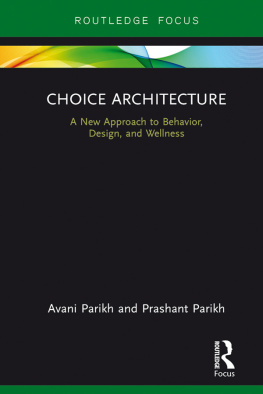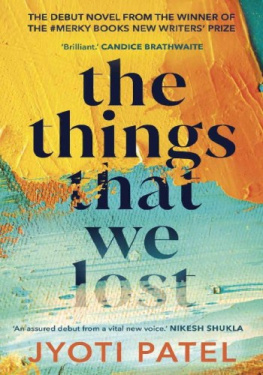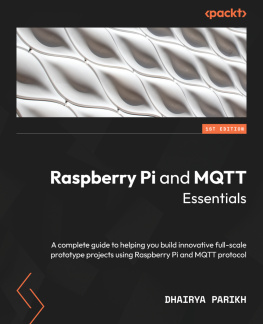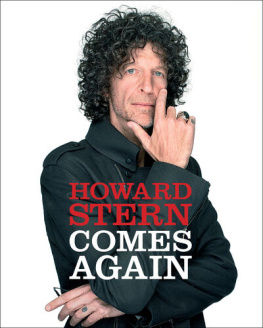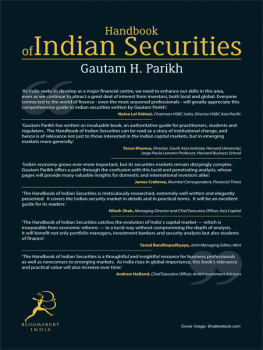Choice Architecture
From Vitruvius in the 1st century BCE on, there has been an attempt to understand how architecture works, especially in its poetic aspect but also in its basic functions. Design can encourage us to walk, to experience community, to imagine new ways of being, and can affect countless other choices we make that shape our health and happiness.
Using the ideas of rational choice theory and behavioral economics, Choice Architecture shows how behavior, design, and wellness are deeply interconnected. As active agents, we choose our responses to the architectural meanings we encounter based on our perception of our individual contexts. The book offers a way to approach the design of spaces for human flourishing and explains in rich detail how the potential of the built environment to influence our well-being can be realized.
Avani Parikh is an architect planner with a consulting practice in healthcare architecture. She was co-chair of the AIANY Health Facilities Committee and has also served on various nonprofit and government committees in New York and Mumbai, formulating an innovative Transfer of Development Rights proposal for Bombays Development Plan. She has written about and taught modern architecture, city planning, and the history and theory of healthcare design.
Prashant Parikh was a Senior Research Scholar at the University of Pennsylvania and Stanford University. Now an independent scholar, he is a pioneer in the application of game theory to communication and meaning, and the author of three books on philosophical and linguistic semantics including Language and Equilibrium.
Choice Architecture
A New Approach to Behavior, Design, and Wellness
Avani Parikh and Prashant Parikh

First published 2018
by Routledge
711 Third Avenue, New York, NY 10017
and by Routledge
2 Park Square, Milton Park, Abingdon, Oxon, OX14 4RN
Routledge is an imprint of the Taylor & Francis Group, an informa business
2018 Taylor & Francis
The right of Avani Parikh and Prashant Parikh to be identified as authors of this work has been asserted by them in accordance with sections 77 and 78 of the Copyright, Designs and Patents Act 1988.
All rights reserved. No part of this book may be reprinted or reproduced or utilised in any form or by any electronic, mechanical, or other means, now known or hereafter invented, including photocopying and recording, or in any information storage or retrieval system, without permission in writing from the publishers.
Trademark notice: Product or corporate names may be trademarks or registered trademarks, and are used only for identification and explanation without intent to infringe.
Library of Congress Cataloging-in-Publication Data
A catalog record for this book has been requested
ISBN: 978-0-8153-7051-2 (hbk)
ISBN: 978-1-351-24899-0 (ebk)
Typeset in Times New Roman
by Apex CoVantage, LLC
For our son Neal
Contents
We would like to thank David Burney, Arindam Dutta, Debajyoti Pati, and Richard Thomas for their helpful comments on the book. We are also grateful to Harry Mallgrave for his interest in our project. Many others, too, such as John Eberhard, Kenneth Frampton, Pelle Guldborg Hansen, Charlie Hecht, Richard Jackson, Tom Jung, Rahul Mehrotra, Bimal Patel, Ray Pentecost, Judy Raymo, Wayne Ruga, Yehuda Safran, and Suhrud Sardesai supported the project in other ways. Mark Patrizio provided drawings that visually capture what we have conveyed in words and numbers. Katharine Maller, our architecture editor at Routledge, has been simply super.
The main title of our book, Choice Architecture, has been drawn from Chapter 5 of Thaler and Sunsteins wonderful book Nudge, although they use the term much more broadly than we do.
Choice Architecture: A New Approach to Behavior, Design, and Wellness offers a new way to explain how architecture affects human well-being. It is the first study to use the seminal ideas of rational choice theory and behavioral economics to explore how architects can nudge people toward healthy action through the built environment. The insights from this model of human behavior into how architecture works and into how it can address issues of health are fresh and deep and go beyond various existing approaches such as phenomenology, Gibsonian psychology, systems theory, evidence-based design, and others. It is an interdisciplinary book at the intersection of architecture, economics and psychology, and health.
The key concept that mediates the relationship between architecture and health is experience and the key determining component of experience is human choice. People are active agents rather than passive experiencers and what they experience is the result of conscious or unconscious choices based partly on the built environment in which they find themselves.
The Western paradigm for choice has always privileged rational action but recent behavioral findings inaugurated by the psychologists Amos Tversky and Daniel Kahneman have clarified various additional subtle factors that affect how we choose. A combination of the two models of rational and irrational behavior enables us to develop an explanatory and predictive framework we call choice architecture.
While the consequences of the framework are broad and encompass health and wellness in various ways, the books focus is on introducing its potential with simple illustrative examples that demonstrate its range and power. The book is presented in four chapters as listed in the table of contents.
The opening chapter describes briefly how architecture surrounds us even if we do not often notice its effect on us. The field of design and health has existed for over half a century to promote wellness through architecture. As chronic lifestyle diseases have proliferated, it has now acquired a practical urgency even though it has yet to have a significant impact. There are probably two reasons for this. One is that while much evidence of the link between our environment and our health has been gathered, the field has yet to create a satisfying theoretical perspective that can inform this data. We hope to contribute to this effort and we show that our architectural experiences are far from simple and have an intricate structure capable of open-ended articulation. The second reason is that architects in the main view the fields contributions as external and not quite integrated into its very language. This is also part of what we attempt, to show how choice theory enables one to include wellness in design in an internal rather than merely external way.
The book does not address the larger non-built physical environmentfactors like noise, pollution, diseasebut the design potential of the built environment. As important to wellness is the socioeconomic environment, especially the presence of poverty, but architectural initiatives are limited in their power to affect such things and we do not discuss them here.
In the next chapter, we describe our new framework. Certain aspects of the relationship between design and health are obvious. For example, doors in interior spaces may serve the basic function of exits to natural vistas and gardens, or windows may provide views that are life-enhancing. But most aspects of the built environment are not so readily comprehensible. Subtler thinking is required and this involves constructing a theoretical framework.

